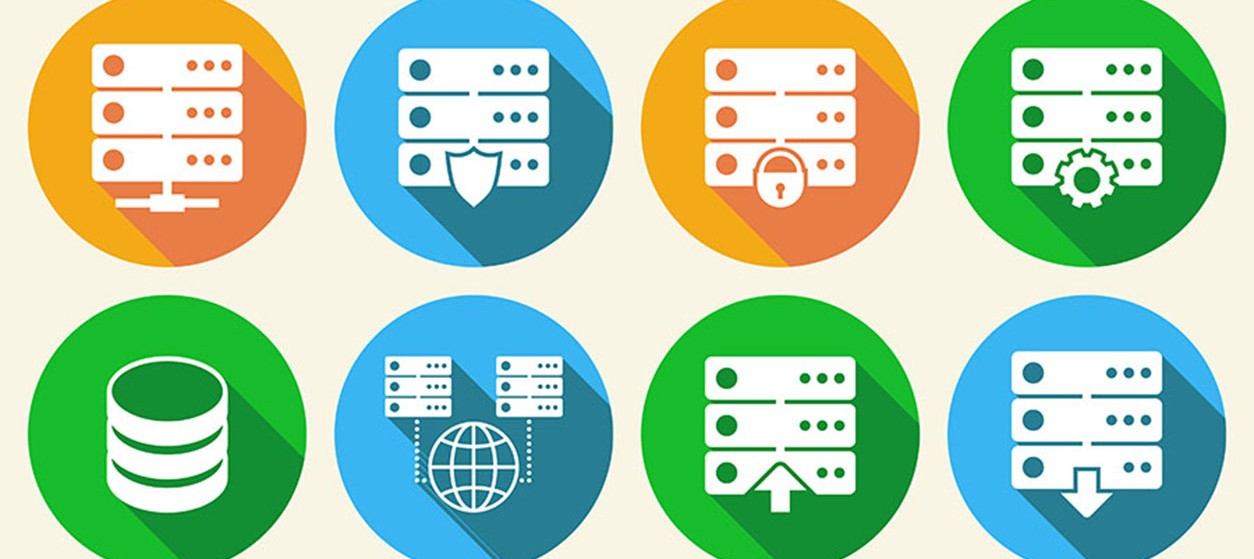Scaling a business effectively is very important in today’s digital landscape, where companies are under pressure to deal with ever increasing digital workloads without increasing the costs of their IT infrastructures and operations. One of the most efficient ways to achieve business scalability is by leveraging the different types of cloud infrastructures and cloud computing services. Specifically, cloud computing offers businesses the flexibility, scalability, and cost-effectiveness needed to expand operations without the traditional constraints of physical infrastructure. Hence, modern enterprises must understand how to scale their business operations with cloud infrastructure and how to best leverage the different types of cloud. Likewise, they must also understand how they could benefit from recent cloud computing trends such as hybrid and multi-cloud computing, as well as edge computing. Nevertheless, modern enterprises must first and foremost understand cloud scalability and its importance for business operations.
Understanding Cloud Scalability
Cloud scalability refers to the ability of a system to handle increased loads without essentially impacting performance i.e., with only marginal effects on latency and quality of services. As such cloud scalability can enable businesses to grow and adapt quickly to changing market demands. There are three primary types of cloud scalability:
• Vertical Scalability (Scaling Up): This involves adding more power and IT resources (e.g., Central Processing Units (CPU), Graphical Processing Units (GPUs), Random Access Memory (RAM)) to an existing cloud data center. It’s suitable for applications that require more resources but cannot directly benefit from additional servers (e.g., due to poor parallelization).
• Horizontal Scalability (Scaling Out): This entails adding more servers to handle increased loads. It is ideal for applications that can distribute workloads across multiple servers such as applications that are highly parallelized and can benefit from virtualization environments.
• Diagonal Scalability: A combination of both vertical and horizontal scaling in cloud data centers, which typically allows businesses to add more resources to existing servers while also adding new servers when needed.
Nowadays, most large-scale cloud infrastructure focus on horizontal or diagonal scalability. Specifically, they handle increased workloads based on very large numbers of machines, which are usually based on commodity hardware. This is also the case for most Big Data applications that are built based on popular middleware like Hadoop and Spark. However, with the recent surge of Artificial Intelligence (AI) (e.g., Large Language Model) the demand for High Performance Computing (HPC) based on GPUs has also skyrocketed. Hence, companies must carefully evaluate the needs of their applications prior to deciding which scalability model works for them.
IT Infrastructure Scalability: Infrastructure as a Service (IaaS)
IaaS is one of the most popular models for scaling IT infrastructures in the cloud. It provides virtualized computing resources over the internet and allows businesses to scale their infrastructure needs dynamically without investing in physical hardware. The key benefits of IaaS include:
• Flexibility: Businesses can choose from various configurations and services tailored to their specific needs.
• Cost-Effectiveness: IaaS operates on a pay-as-you-go model, which reduces costs associated with maintaining physical hardware.
• Rapid Deployment: New resources can be provisioned quickly, enabling businesses to respond swiftly to market changes. This provides enhanced flexibility.
Scalability Beyond IT Infrastructure: Enterprise Applications Scaling
Apart from scaling cloud infrastructure resources based on the IaaS paradigm, enterprise applications often require robust enterprise-level and application-level infrastructure to support business operations. Cloud computing models that enable efficient scaling at these levels include:
• Software as a Service (SaaS): In this paradigm entire software applications (e.g., Enterprise Resource Management (ERP) and Customer Relationship Management (CRM) systems) are hosted on the cloud. This allows users to access them over the internet without worrying about infrastructure management.
• Platform as a Service (PaaS): This provides a platform that allows customers to develop, run, and manage applications without dealing with the underlying infrastructure.
Trends in Cloud Computing and their Impact on Scalability
Modern cloud scalability is also enabled by recent advances in cloud paradigms. These advances include hybrid cloud computing, multi-cloud computing, and cloud/edge computing. Hybrid cloud combines private and public clouds, which offers businesses greater flexibility by allowing data and applications to be shared between them. This approach is beneficial for companies that need to keep sensitive data on-premises, while leveraging the scalability of public clouds for less critical workloads. Hybrid cloud computing can be enabled by multi-cloud computing. The latter involves using multiple cloud services from different providers. This strategy helps avoid vendor lock-in and allows businesses to optimize their cloud environment by selecting the best services from each provider. Likewise, it makes scalability more resilient, as it is not dependent on a single cloud provider.
In recent years, there is also a surge of interest on the combination of cloud computing with edge computing, which is essential when it comes to supporting real-time low-latency applications, while at the same time maintaining the scalability and quality of service of the cloud. Specifically, edge computing brings computation closer to data sources, which reduces latency and bandwidth usage. This is particularly useful in scenarios where real-time processing is required, such as applications involving field (IoT) devices or autonomous vehicles. In practice, edge computing is not used in pure form. Rather it complements cloud infrastructure by handling tasks that require immediate processing at the source while offloading less time-sensitive tasks to the cloud. Edge-cloud computing combines the merits of cloud scalability and edge processing close to field, especially in scenarios where one or more of the following hold true: (i) Low latency is required; (ii) There are bandwidth limitations (e.g., data transfers must be reduced to save bandwidth costs); and (iii) There are data privacy concerns (e.g., selected data cannot be transferred to the cloud).
Examples of Scalable Cloud-based Enterprise Applications
Nowadays, there are several applications that demonstrate how businesses can scale effectively using cloud infrastructure. These include:
• E-commerce Platforms: Online retailers use cloud services to handle traffic spikes during important sales events.
• Streaming Services: Companies like Netflix leverage cloud scalability for streaming content globally without interruptions.
• Healthcare Applications: Modern applications supported by medical data processing and telemedicine platforms rely on scalable cloud solutions for efficient service delivery.
• Financial Services: Banks are increasingly using cloud computing for applications like fraud detection and risk management towards scaling resources based on transaction volumes.
• Gaming Industry Applications: Popular online gaming platforms utilize cloud infrastructure to support millions of concurrent users worldwide.
Understanding how to scale business with cloud infrastructure is essential for modern enterprises that aiming for growth and efficiency. In this direction, enterprises must leverage mainstream cloud models (e.g., IaaS, SaaS, PaaS), and emerging trends (e.g., hybrid and multi-cloud strategies) to achieve unparalleled flexibility and resilience. The cloud is an effective tool for business scalability. Nevertheless, companies must invest in deploying and using this tool as effectively as possible.










